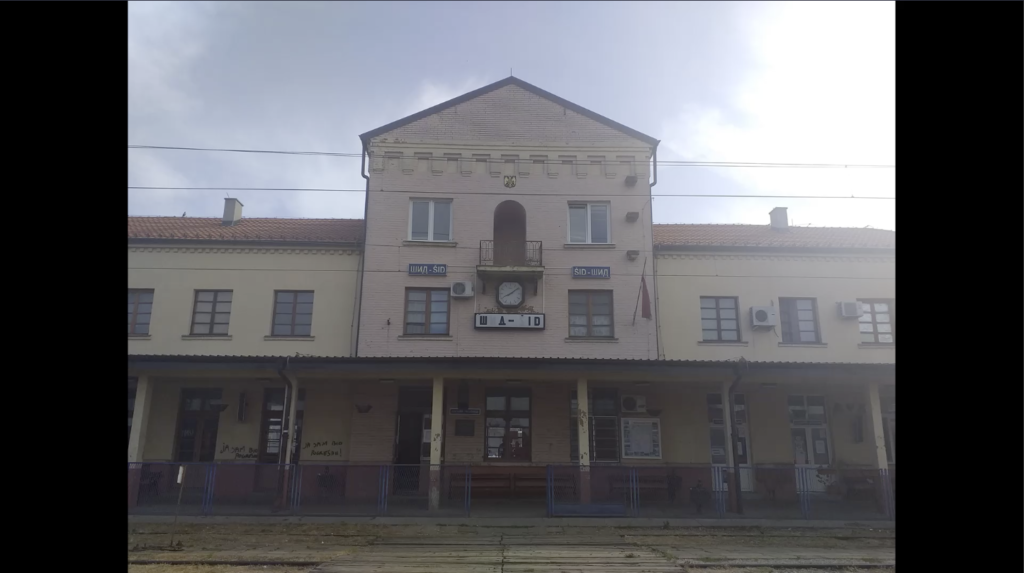The film of Veronika Vasilić is based on a biographical approach. It gives us an opportunity to get to know three different, even if equally tragic, life stories of Yugoslavs, suffered under the German occupation in Serbia and then – in the prison camps in Norway.
This topic was rather new to Veronika and even in Serbia itself people don’t know much about this period and about the fact that people from the former Yugoslavia were being taken to German camps in Norway and that most of them never came back.
One of them was Siniša Mihajlović, a school teacher, who was born in 1909 in Šid, small town that belonged back then to the Independent State of Croatia, a puppet state of Nazi Germany. Siniša was also writing poems and could have become a poet, but in 1941 he was captured and deported first to Jasenovac concentration camp, then to Sajmište and trough Vienna and Stettin/Szczecin – to Norway.
Stojan Todorić came from a small village Mlaka in Slavonia region. He followed the same route as Siniša Mihajlović: from Jasenovac to Beisfjord, where his way ended. From the recollections of a Norwegian, who was living nearby, we know that Stojan, who was just a fourteen-year-old boy at the time, suddenly collapsed and died while the prisoners were working on the quay.
Out of three biographies there is only one that doesn’t end with a death in a camp. This is the one of Života Pirić. He was born in Čibukovac und was being kept in several camps in Serbia and Norway along with his four brothers. And he was the only one who survived. Života Pirić managed to flee from the camp to Sweden, from where he returned home after the war ended.
Apart from the footages of different camps, where these persons suffered, we are also able to see the pictures from places, where they were happy. Veronika gives us a chance to see their native towns and villages. Of course, some of the buildings are renovated, but these are the actual places that our persons had once to leave, they’re still there as if they were during the war.
